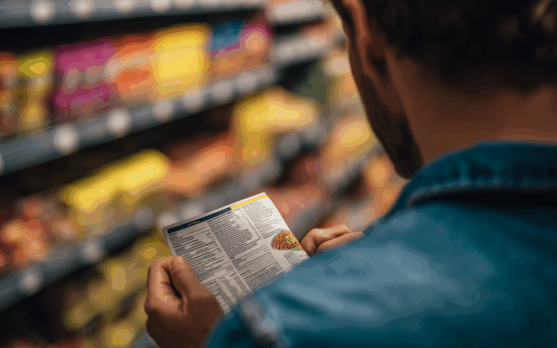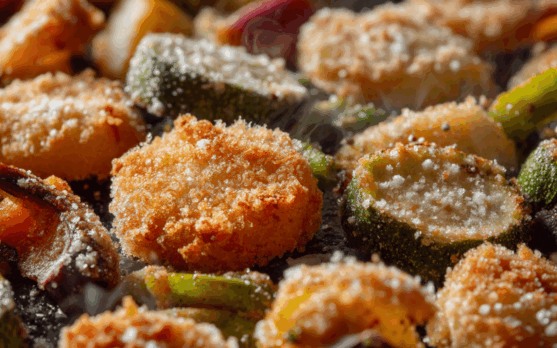"Less but Better" — Why Quality Now Beats Quantity
There's something shifting in the way people shop, and it's not just about price tags anymore. The shelves may be stocked fuller than ever, but baskets are lighter—and more intentional. The new luxury? Knowing exactly what you want, and walking past the rest.
Welcome to the era where less isn't lack. It's precision. It’s care. And most of all, it’s quality.

There was a time when consumption meant abundance. The more you bought, the more secure you felt. Stocked pantries, filled freezers, overpacked shopping carts—they all whispered a kind of safety. But lately, that voice has gone quiet.
We’re not seeing a collapse in spending. We’re witnessing a recalibration. One that’s far more strategic than it is reactive. More consumers are choosing products with clear intent, not just because they’re on sale or trending, but because they offer something real—better ingredients, better ethics, better performance, or simply better satisfaction.
Walk down any supermarket aisle and you’ll see it: fewer impulse buys, more scanning of labels. People stop. They think. They compare. Not just prices, but what's behind the product—the story, the sourcing, even the shelf life. The frozen section, once overlooked, has become a quiet stronghold of this behavior. Not because it's trendy, but because it fits. Long-lasting, less waste, often cleaner formulas, and in many cases, surprisingly gourmet.
Even branding is changing. Loud packaging and inflated claims are starting to lose their charm. In their place? Understated, confident design. Simplicity that signals clarity, not compromise. A frozen meal no longer has to look like it belongs to a college dorm—it can look, and taste, like something made by a chef with a conscience.
This shift toward intentional consumption is not just about food, of course. It’s a wider cultural recalibration. In fashion, minimalism is back. In tech, people delay upgrades. In personal care, multi-purpose, skin-kind products are replacing crowded shelves. But in food, this shift is deeply visceral—because it touches our daily rhythms.
You can feel it in how people talk about dinner. It’s no longer “What’s fast?” but “What feels good?” Not good as in indulgent—good as in honest. Nourishing. Something you can stand behind. That’s why clean-label foods are exploding. That’s why portion sizes are shifting. That’s why frozen isn’t synonymous with lazy anymore—it’s efficient. Thoughtful. Modern.
The psychology here is powerful. People are tired of waste—of food that spoils, of packaging they regret, of calories that don't comfort. They want every bite to matter. And when the budget tightens, as it still does in many homes, this only intensifies. Suddenly, choosing quality becomes a form of resistance, even empowerment.
Interestingly, this doesn't always mean more expensive. Sometimes, it means better sourced. Or more versatile. Or simply longer-lasting. One thoughtfully selected frozen item can now replace three average ones. That’s not penny-pinching—it’s what smart consumption looks like today.
For brands, the implications are enormous. It's not enough to be “affordable” anymore. You need to be justified. Why this price? Why this format? Why this claim? If you can't answer that clearly, you're vulnerable—because the consumer will ask, even if silently. And in 2025, the silent vote happens in milliseconds on a screen, in the scroll past your product.
This is why we’re seeing a renaissance of function-first innovation. Products that are proud of their ingredients, transparent about their sourcing, and unapologetically focused on usefulness. No overpromises. No filler. Just clarity.
It’s not a trend. It’s a value system in motion.
Part of the series: GLOBAL CONSUMPTION — The 7 Waves
Explore the full editorial journey through seven powerful shifts redefining how we eat, shop, and connect.
Conclusion
We used to think choice was freedom. But today, freedom might just mean knowing how to choose less—and getting more in return. The future of consumption doesn’t lie in endless options. It lives in the confidence to say, “This is enough. And it’s good.”
Because when people stop chasing volume, they start demanding truth. And in the food industry, that truth begins with what you put on the shelf—and what you dare to leave off.
Essential Insights
The new consumer is not driven by price or panic, but by purpose. Fewer items, clearer value, deeper trust—these are the pillars of the “less but better” movement. And brands that deliver real quality won't just survive—they'll lead.




